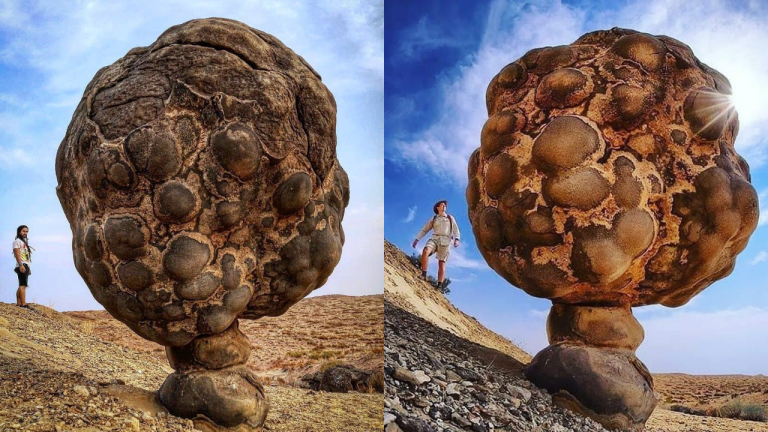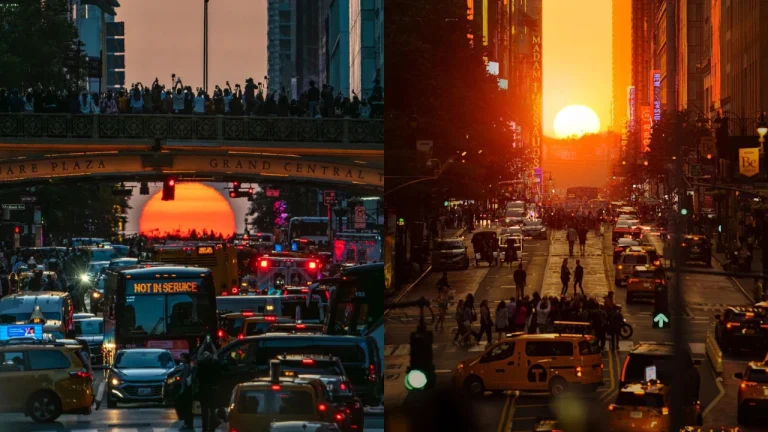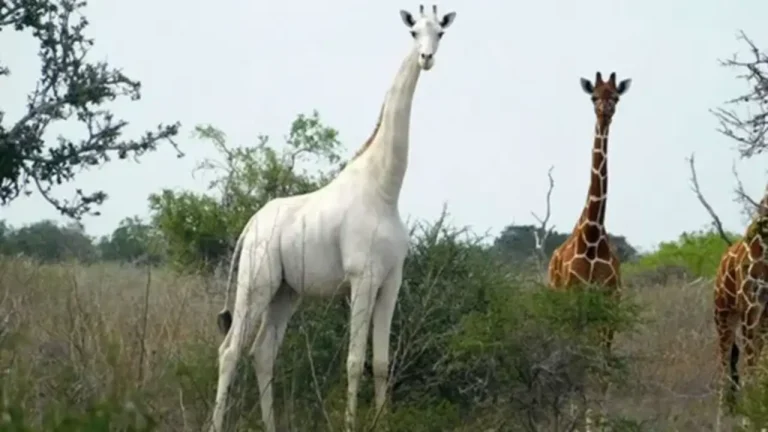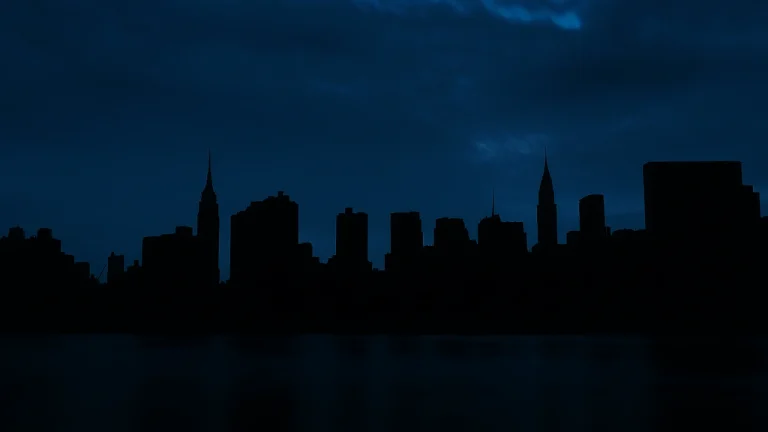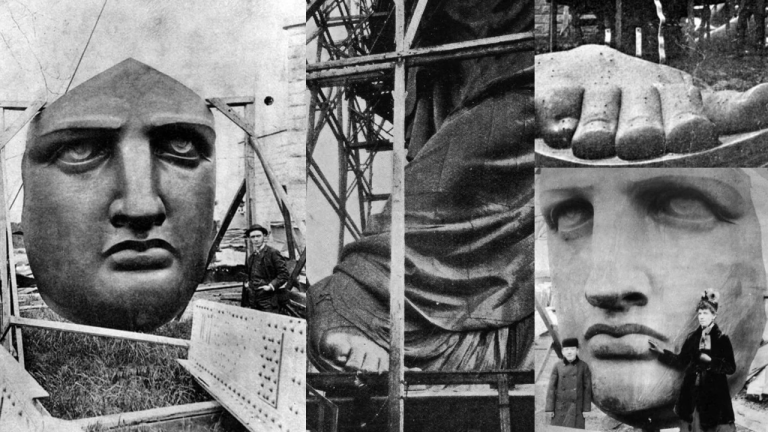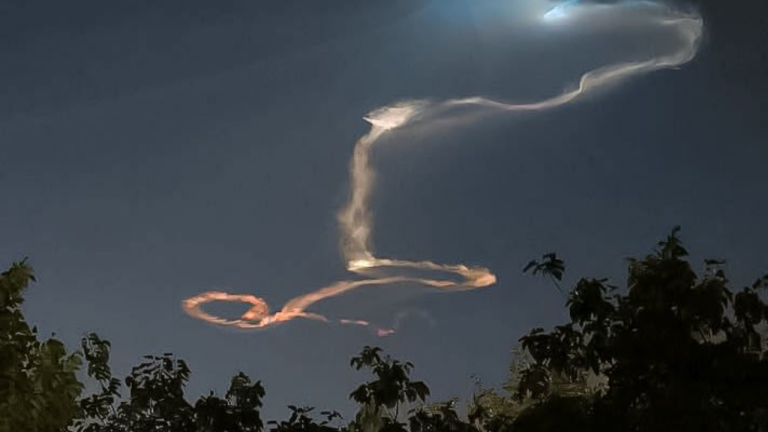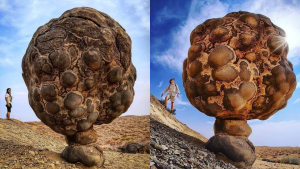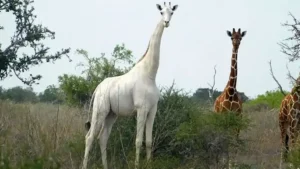Now, picture yourself plunging into the crystal blue waters of the Bahamas. It is where art meets the ocean in a never-before-seen exhibition. These statues can be found just off the western coast of New Providence, near Clifton Heritage National Park, Nassau.
It is mesmerizing for both divers and sea life. Among them, is “Ocean Atlas” which stands colossal, brooding over the deep, and a sight that no adventure enthusiast should ever miss. Designed by artist Jason deCaires Taylor, the sculpture is 18-foot-tall and weighs over 60 tons.
Surprisingly, the ocean atlas are made from pH-neutral materials that don’t affect the natural balance of the sea. The meaning behind the sculpture is even more interesting and there are plenty of other sculptures that add to the beauty of Bahamas ocean waters. Let’s have a closer look.
Unveiling Ocean Atlas: A Titan Beneath the Waves
How to See Ocean Atlas
Ocean Atlas is located just a short swim from the beach at Clifton Heritage National Park. You can access the site by paying a small snorkeling fee at the park’s museum and gift shop. From there, follow the path to the beach, where a hut offers helpful information about the sculptures. The statue’s location is marked with buoys and a flag sticking out above the surface, making it easy for both snorkelers and divers to find.
Ocean Atlas, true to its namesake titan who held the heavens, anchors the ocean floor with a similar grandeur. Designed by the famous artist Jason deCaires Taylor, this 18-foot-tall sculpture is the largest underwater statue in the world.
The statue was commissioned by BREEF and designed to reflect the strength and resilience of a Bahamian girl bearing the burden of rising sea levels and ocean conservation.
A figure of a young Bahamian girl supports the weight of the ocean. A poignant symbol of the environmental burden left to future generations. This is yet another one of the world’s largest underwater statues.
It is not only an eyesight, but it was also designed to act like an artificial reef, hosting a wide variety of marine life and enhancing coral growth. This integration with nature shows a perfect balance. This emphasizes how art is able to support the conservation of the environment.
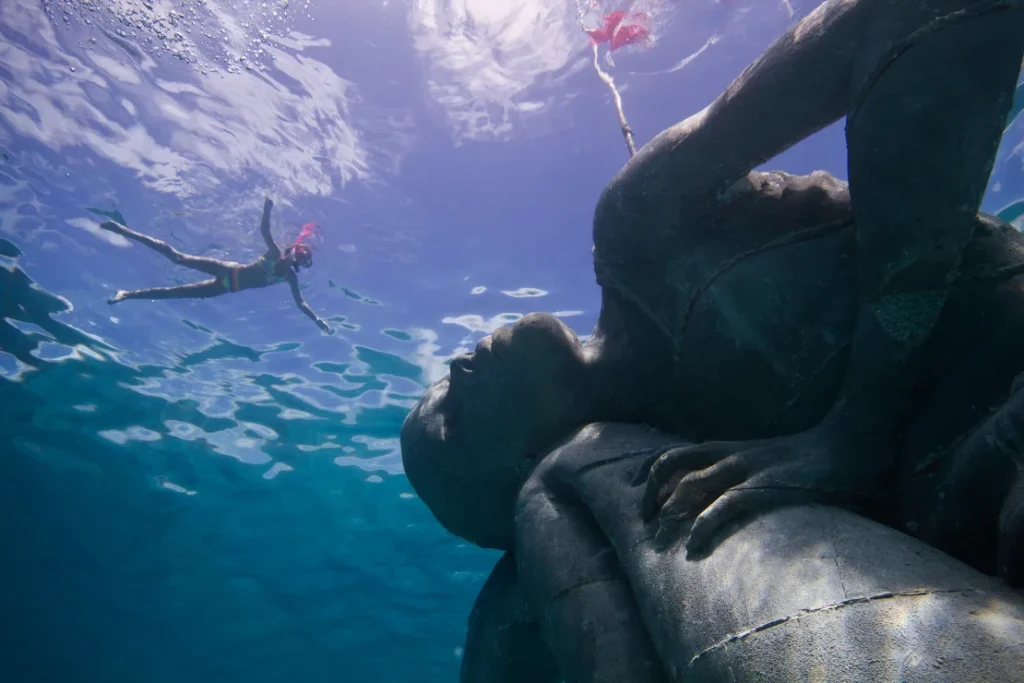
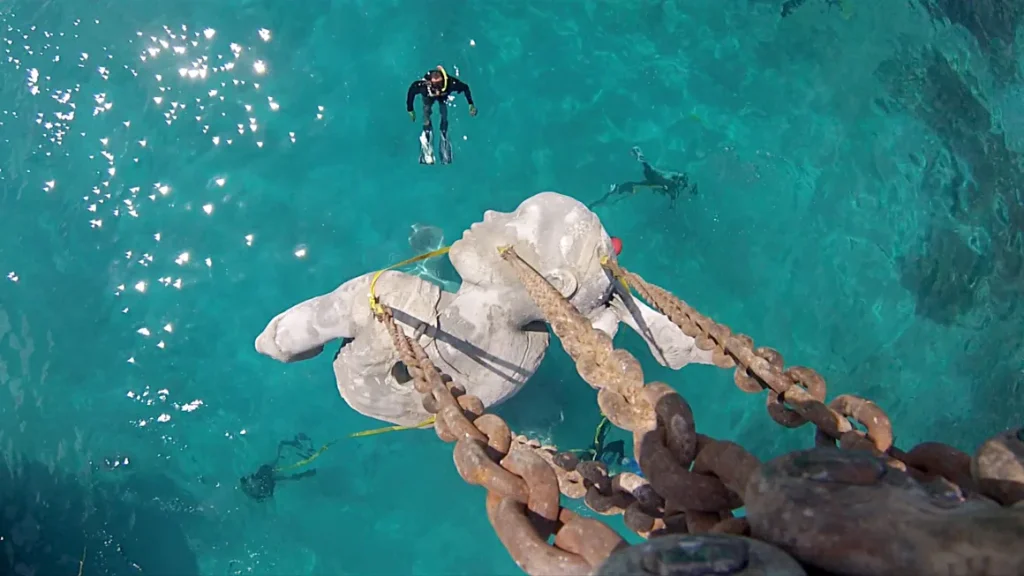

“Virtuoso Man”: A Symbol of Strength and Resilience in the Underwater Park
“Virtuoso Man” is one striking underwater sculpture created by Bahamian artist Willicey Tynes. In the Bahamas, an underwater sculpture park lends a powerhouse presence to a collection of submerged art. The sculpture represents strength and resilience, with a man coming from the bottom as if overcoming the struggle of life.
The artistic beauty of the “Virtuoso Man” makes the divers marvel at it. Besides, it is a habitat for marine life, hence helping to create a conservation impact within the park. In that way, Tynes has combined cultural expression with environmental input in this work. This is also another world’s largest underwater statue you can see today.

Virtuoso Man. An underwater sculpture made by Bahamian artist #williceytynes – located off the coast of western n… pic.twitter.com/htNEN4YbeW
— Explore The Bahamas (@explorethebah) December 2, 2014
Journey Through the Underwater Museum
Many other sculptures have tales to tell about the Encircling Ocean Atlas. Each strategically placed piece makes this snorkeling and diving experience unlike any other. From “The Musician,” a solitary figure lost in his melodic world to “The Lost Correspondent,” who seems to eternally type away on his typewriter, the park deals with human interaction and fluidity of communication.
Another remarkable piece is “Lucayan Face” by artist Andret John, an enormous face embedded in the seabed. It pays tribute to the Lucayan people, the original inhabitants of the Bahamas.
The visitors see a park in which the show is in continuous motion, constantly undergoing change. The corals flowers, and sea creatures make these sculptures their home this becomes an exhibit that lives and changes over time. It adds to tourism locally, but also furthers the cause of educating people on the protection of our oceans.

Art and Conservation: A Symbiotic Relationship
These underwater statues fulfill a double function: works of art and essential tools for conservation. They draw divers away from the natural reefs, lessening the impact of humans and sheltering marine life to thrive in a safe harbor. Environmental scientists like Alex Rivera understand projects like this may be crucial in teaching us a new kind of interaction with nature.
These sculptures have drawn international attention to underwater conservation projects. They are an excellent example of how art and ecology could go together, thus encouraging similar projects the world over. This shows how artistic ventures are important to ecological teaching and conservation.
Conclusion
Apart from being the world’s largest underwater statues, these Bahamian relics offer more than just a dive. They are an underwater travel-through experience in which art, environment, and culture come together. Coming up from the depth, we carry with us a fresh commitment toward the protection of such wonders and the stories they tell. Let us go on with our exploration, learning, and advocating for these treasures of the deep.
Each statue presents a strong play between human ingenuity and nature’s persistence. The underwater sculpture park in the Bahamas stands tall as a testament to what we can achieve whenever we work together to harmonize our artistic vision with environmental conservation.
TL;DR
The Bahamas is home to the world’s largest underwater statues, including the awe-inspiring Ocean Atlas and Virtuoso Man, blending art with marine conservation. These submerged sculptures not only captivate divers but also protect sea life and raise awareness about ocean preservation.
Also read,


